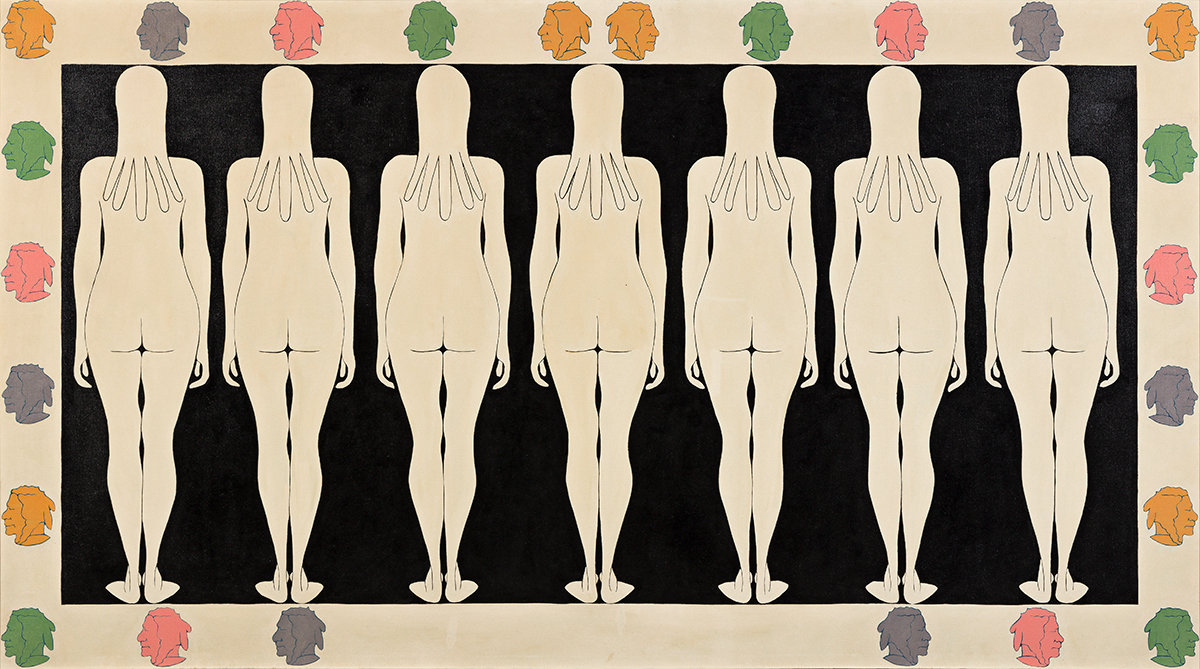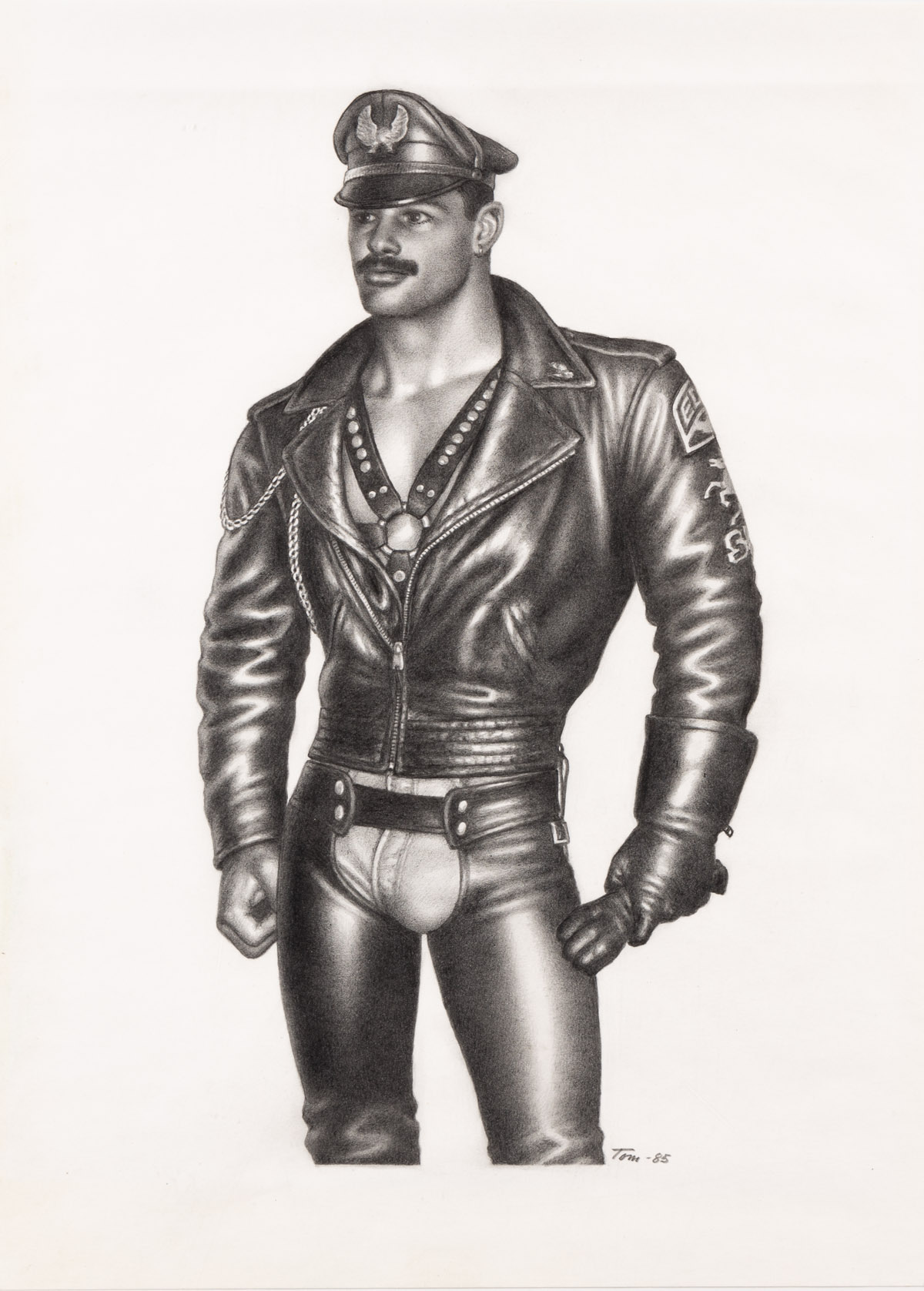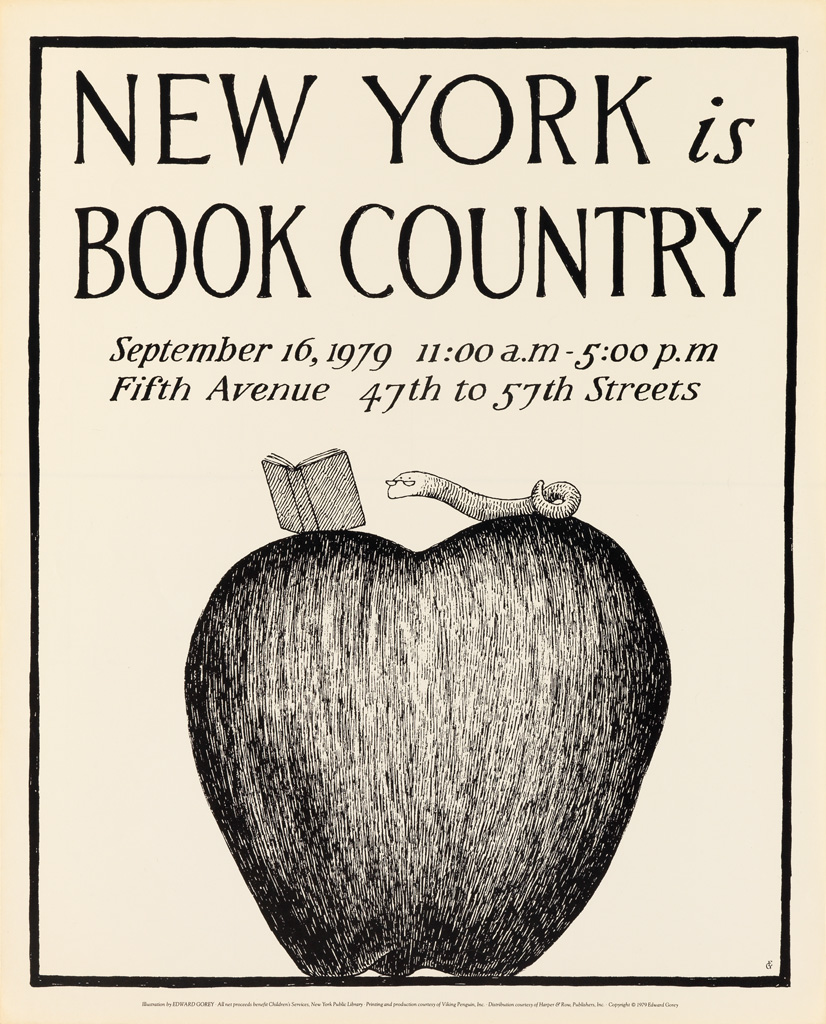Telling Queer Stories: The Challenges of Unearthing a History
What are the inherent challenges in telling a history that is still being unearthed, and what can media and material objects add to that story? Against the backdrop of the exhibition for our first Pride Sale in June, co-founder and editor-in-chief of Hyperallergic Hrag Vartanian moderated a panel with communications industry veteran Cathy Renna and Eduardo Ayala Fuentes of the Leslie-Lohman Museum. Featured below is a video of the talk along with a selection of highlights from the evening. The partial transcript here has been lightly edited for clarity.
On the challenges of getting the media to tell LGBTQ+ stories and the role of art in changing the narrative…
Cathy Renna: I think we need to look at the role the media plays and our need to advocate that the media do their jobs, but then also have a look at the role the community plays in raising up and lifting up these stories because to that is actually the harder thing to do… There’s a video that Shane O’Neill did called “Who Threw the First Brick at Stonewall.” Spoiler alert: we don’t know! Spoiler alert: no brick! Anyway, it’s an amazing thing, it does a great job of contextualizing what really, as far as we know, happened without diminishing the roles of the diverse people and diverse stories that we have heard. It’s a pretty amazing piece.
Hrag Vartanian: It’s a really good piece and sort of the idea is demystifying some of the mythology that relvolves around this. Now Eduardo, what’s the role of art in this, and changing the narratives? Do you see it at Leslie-Lohman, is art playing that role, is art amplifying? How do you see the way it works into this?
Eduardo Ayala Fuentes: Well, I want to start by saying that, along with noting that there’s a diverse array of art in what we’re looking at today, to me, what’s striking is how people in our own community have preserved a lot of artwork we’re looking at today. That is, I think, exactly the way that Charles Leslie and Fritz Lohman preserved artwork from the community in the way they did… And then ended up forming a foundation that then later led them to form a museum. You know, it’s people in our communities uplifting the voices, recognizing the inherent value in the history that this art is depicting, and that juxtaposed to an art world that can be very speculative at times, is a stark contrast. I mean I talk to people all the time that are like “Oh, Leslie-Lohman you guys exhibit gay art, there’s so many gay artists out there” but the reality is that those gay artists that have come into our canon as we might know it – I mean look Hujar and Wojnarowicz and then on the other side of this panel you have Warhol – they came into their careers as sort of celebrities. The “gay” about them is just coming out now. The Warhols that you see on the other side of this wall, one is from the Sex Part series which is seven different panels. The museum has, I believe, four or five in its collection, and four of them were in the Whitney retrospective that just happened this past year on Warhol. Never before had they been asked to be loaned for a Warhol show.
On ensuring that LGBTQ+ history does not become homogenized and why telling diverse individual stories is important in this process…
HV: Sometimes the history gets homogenized and it gets watered down, let me ask you both: how can we tell these stories? How can we show this art? How can we do that without watering it down, or making it into an easy story in the media, or making it a show that’s “blockbuster” or whatever the equivalent would be? Do you have perspectives on that?
EAF: Everything we see in the media or in museums today, there’s a much stronger focus on identity and people are craving these different intersections … I think for so long we as a community have maybe worried about packaging ourselves in a particular way or as individuals–and we’re not even cognizant of that maybe–but that’s what we’ve been doing our whole lives, our who lives as queer people. Now is really an opportunity to break that mold and say this who we are. I’m an immigrant. I was born in another country and I happen to be queer. Me delving into that identity, of being multicultural, is only going to elevate my queer identity as well. So I think we just need to be ourselves and really harp on that, then that is really what’s going to move us forward. We keep thinking about how to put ourselves in a box, like, “Are you L? are you G? are you B? are you T? are you Q?”
HV: To be fair it’s not always ourselves that are being placed on a spot. We’re not always doing it ourselves.
EAF: We have to be the first to recognize that, right? It’s warranted, we function within a society that we have to be thoughtful at all times, but also have to be first ones to say, “No it’s enough, I’m enough, and this is my story, and you can read it whichever way, but this is how I want to tell it.”
HV: Cathy, you’re the one I have a feeling has had a lot of conversations about this.
CR: It is a matter of pushing back… We have made a tremendous amount of progress, I’m sure that a lot of people in this room will remember times where if they quoted a gay person in an article they would also have to quote the Family Research Council, which doesn’t have anything to do with any of those words, or focus on the family, and I had to have these very difficult conversations with journalists because they wanted to balance the story and my response was: do I exist or not? That’s what you’re saying because these folks don’t want us to exist. Or they were doing a story about Mother’s Day and we’d say you can include a family with two moms and you don’t have to talk to the Family Research Council about how they feel about that because they’re just a family just like anyone else … Having these hard conversations with the media has helped improve coverage some, but I still have conversations where I will suggest certain individuals, certain story angles, and journalists will say “well that’s too complicated.” Well you know what, we’re pretty complicated people, we have multiple identities.
On their favorite works in the auction…
HV: Favorite piece in the room, and you might have a personal connection to it, you never know.
EAF: Well I will say there is a poster by Donna Gottschalk. It says “Sisterhood Feels Good.” We had the first retrospective of Donna Gottschalk’s work last year and it was an absolutely beautiful show, and as much kind of community and moments of gathering we see here, it’s also really amazing to see this really intimate moment being elevated and present here.
CV: It’s really hard because I know some of these folks. Joan Biren, JEB, is an extraordinary photographer who said, “I’m not seeing any images of lesbians so you know what? I’m going to learn how to use a camera, and I’m going to take them myself.” To me that exemplifies the spirit of our community, how we’ve had to do things on our own. So her photographs have always really spoken to me.
EAF: They’re not only pictures of lesbians, they’re all different types of moments: activism portraits and protests. She is at the museum right now, she has our window facade that we commissioned this year.













![Grace Meschery-McCormack shares about two copies of Fernando de Rojas’s ‘La Célestine,’ including a limited edition copy illustrated by Pablo Picasso.
At auction April 22. Learn more about the works at the link in our bio.
#Rarebooks #rarebookdealer #antiquarianbooks #auctions
_______________________________________
Music Credit:
Schubert - Piano Quintet in A major ‘The Trout’, D. 667 - IV. Andantino – Allegretto
Music provided by Classical Music Copyright Free on Youtube [https://tinyurl.com/visit-cmcf]
Watch: • Schubert - Piano Quintet in A major ‘...]](https://scontent-iad3-1.cdninstagram.com/v/t51.75761-15/491443494_18499096345036585_5935932878956098058_n.jpg?stp=dst-jpg_e35_tt6&_nc_cat=107&ccb=7-5&_nc_sid=18de74&_nc_ohc=OlBShB8qEWAQ7kNvwHbrXqd&_nc_oc=Adn09Fh3YL-11OkpQcrYGgFN9beLpm0IfGUn2bwN7iJs6d4v8qMeP8kSYmCw82y2ewU&_nc_zt=23&_nc_ht=scontent-iad3-1.cdninstagram.com&edm=AM6HXa8EAAAA&_nc_gid=lfY4_2vE-yX6Vkb-vQvT3Q&oh=00_AfEAHFW3zs3K6R91vJtUnvkHnVOVTzShV6Nz4h29OEu07Q&oe=681A3E11)




